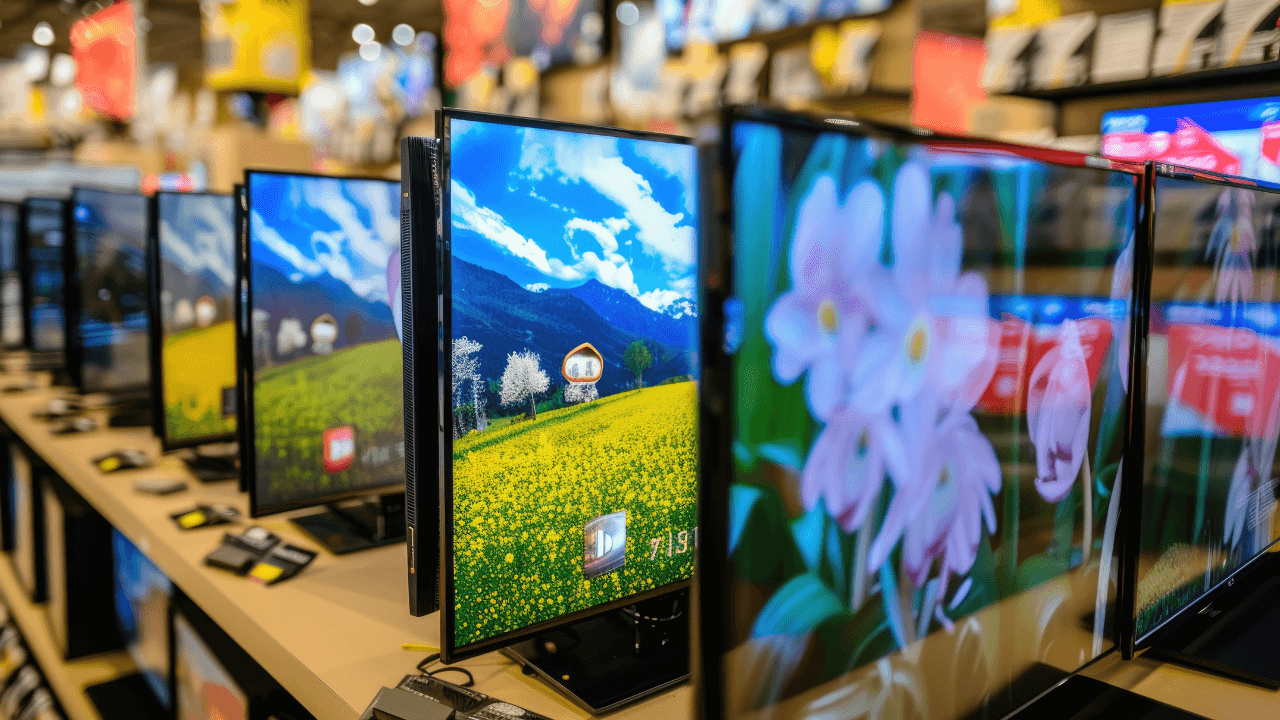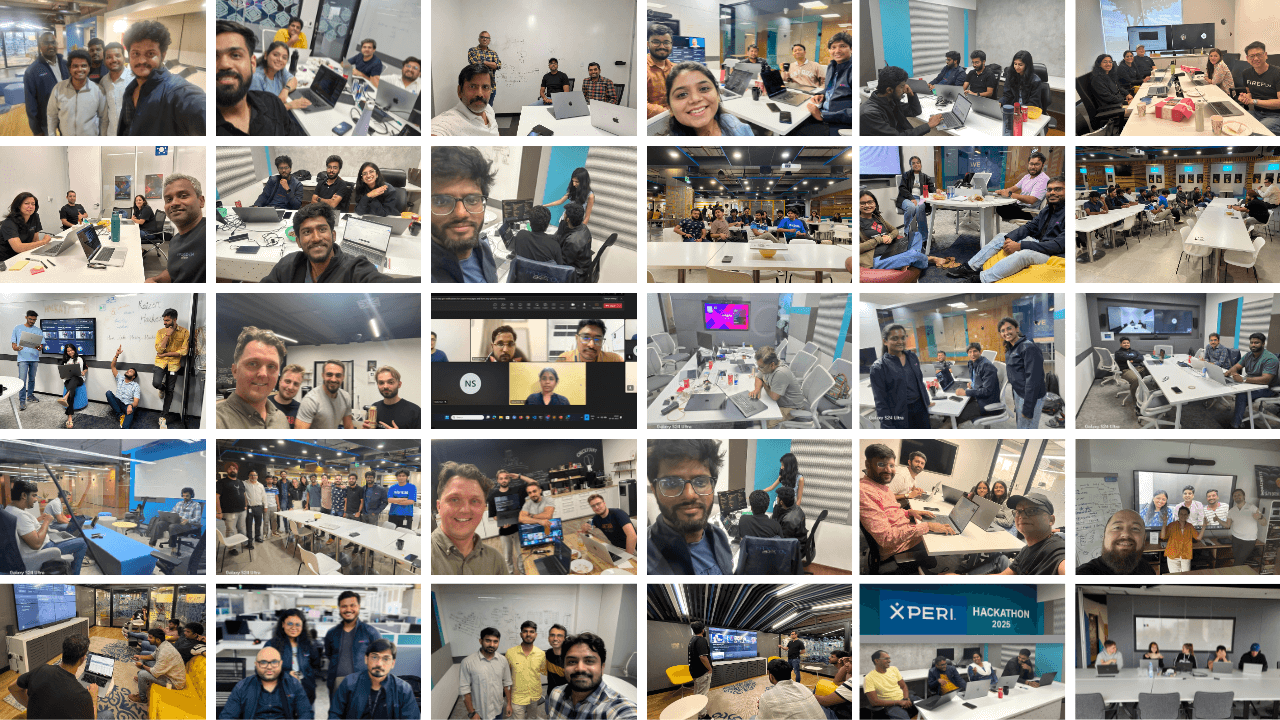Ever since the first flat-screen TVs came on the market about 20 years ago, the industry has moved toward better technology at lower prices. But 20 years ago, no one could have foreseen how much the industry would change in terms of how money is made, how prices would fall and how many different players would be in the game today.
A state-of-the-art 40-inch LCD TV in 2005 carried a retail price of around $4,000. You’d take it home and connect it to your cable provider, probably a DVD player and maybe even a gaming console, and that was that.
Today you can find a new 40-inch high-definition TV for around $300 that’s thinner, lighter, more energy efficient and has a better picture than that expensive TV from 2005. But other things are vastly different now too: What operating system does your TV have? Which streaming services do you subscribe to? Do you even have cable TV anymore? Do you still own a DVD player?
For a long time, the trend in the industry was to try to get people to buy new TVs more frequently. This meant that groundbreaking new features were rolled out nearly every year: the evolution from plasma to LCD, to QLED, to OLED; 1080i to 1080p to 4K to 8K resolution; the introduction (and relative failure) of 3D and curved screens. These and other picture-quality innovations were all designed to shorten the buying cycle, as consumers were enticed with the latest and greatest.
Fast forward to 2024 and it’s starting to feel like we have reached peak TV, in a sense. 4K resolution has proved to be more than satisfactory for most people, as 8K is only really worthwhile on enormous screens that are too big for most living rooms. 3D and curved screens have vanished from the shelves. HDR is a standard feature on almost every display now. LED illumination is also the dominant technology, with most of the price variation in a product line depending on the size and capability of the LEDs.
With retail prices at unprecedented lows and technology at historic highs, profit margins for the OEMs are razor thin, with some manufacturers even willing to sell TVs at a loss.
How is this all possible?
It used to be that selling more TVs was how the industry thrived. The big change that’s happened hasn’t been so much in the money made from selling the device itself, but in how that TV operates. The vast majority of TVs sold today have a smart TV operating system (OS), and every OS carries the ability to advertise directly to the consumer. If you’re an OEM and you’ve got someone with a TV in their living room, you can make recurring revenue from them in the form of advertising. This model allows the OEM to make recurring revenue over a period of many years from each TV, instead of just a one-time shot when the TV was sold.
Advertisers like this too, because it gives them access to new audiences that can be targeted programmatically. My colleague Fariba Zamaniyan has written about programmatic advertising in the smart TV ecosystem. You can read about it here.
Much of this shift began to accelerate when OS providers like Roku and Samsung (and later Google) began to report “platform revenue” figures related to their smart TV platforms in recent years. A decade or so ago, companies like Roku and Samsung were primarily reporting their sales and revenue figures in terms of the amount of hardware devices that were sold. But today they are reporting platform revenue, because they have evolved to a place where most of the revenue related to TVs is coming from their smart TV platform — the operating system, the advertising and other things that are sold through it.
This change in the dynamic has created a situation where other players are looking for incentives to be successful in the TV market as well. For example, content providers like Disney and Netflix (and others in the top tier) will now pay the OEM for things like a dedicated button on the remote control, and they’ll pay for promotion or premium placement of their app tile in the user interface.
Not every OEM will need to develop their own OS in order to benefit from this situation — in fact, third-party OS platforms can provide better unbiased experiences, helping reduce potential churn. Most OS providers make their money by working out deals with content providers, but there are opportunities for OS providers to work out similar revenue-sharing deals with OEMs as well. In this model, the OEM can keep their R&D and operational costs lower while still being able to derive financial benefit from a powerful third-party OS, and they can still sell their TV at a competitive price.
As platform revenue forecasts grow, smart TV OS experiences are going through a balancing act between satisfying the consumer and driving revenue to support the new economic model. Platforms that lack the nuanced capabilities to meet both objectives are starting to look like billboards, and I expect to see their net promoter scores drop accordingly. You used to identify a cheap TV by the trim, finish or quality of the remote control. Now you will do it by the number of extraneous, repetitive and general lack of accurately targeted promotions that the OS puts in front of you.
For more information on how TiVo partners with smart TV and content providers, click here.



